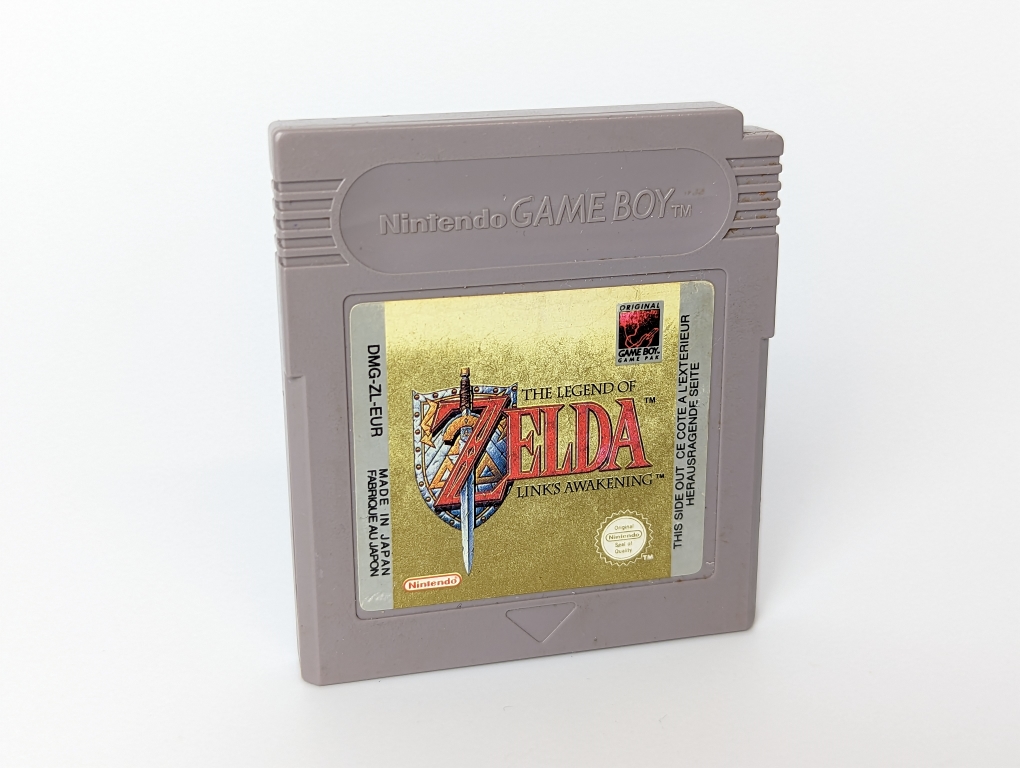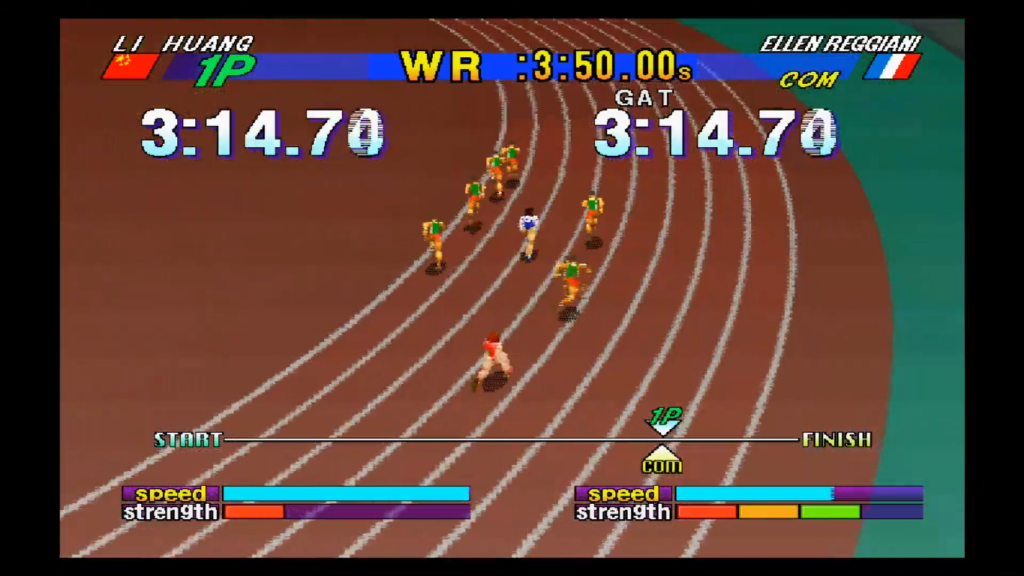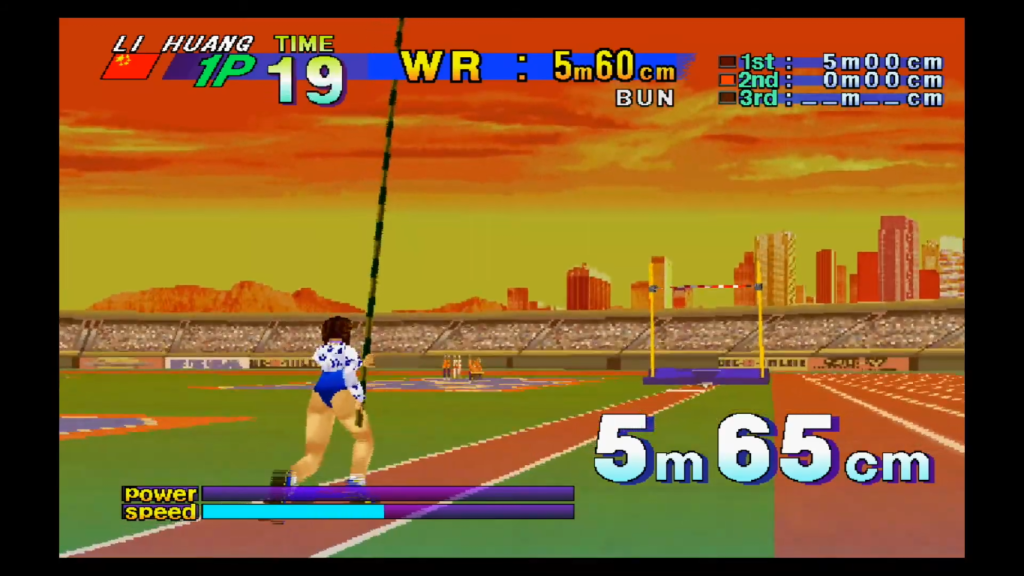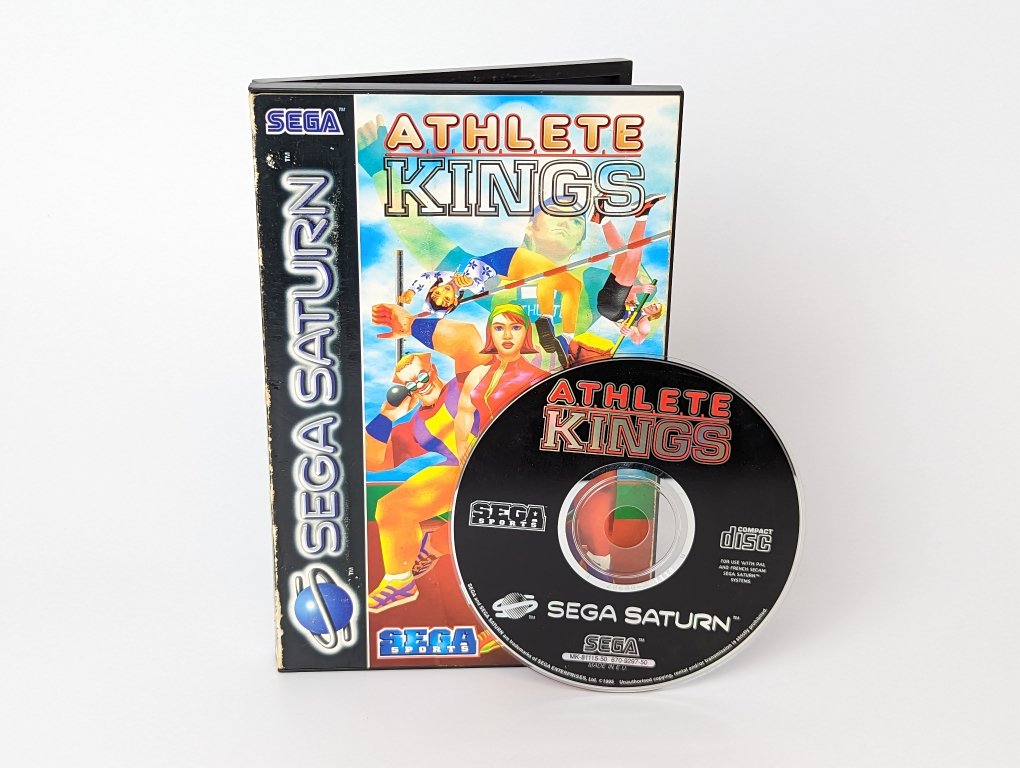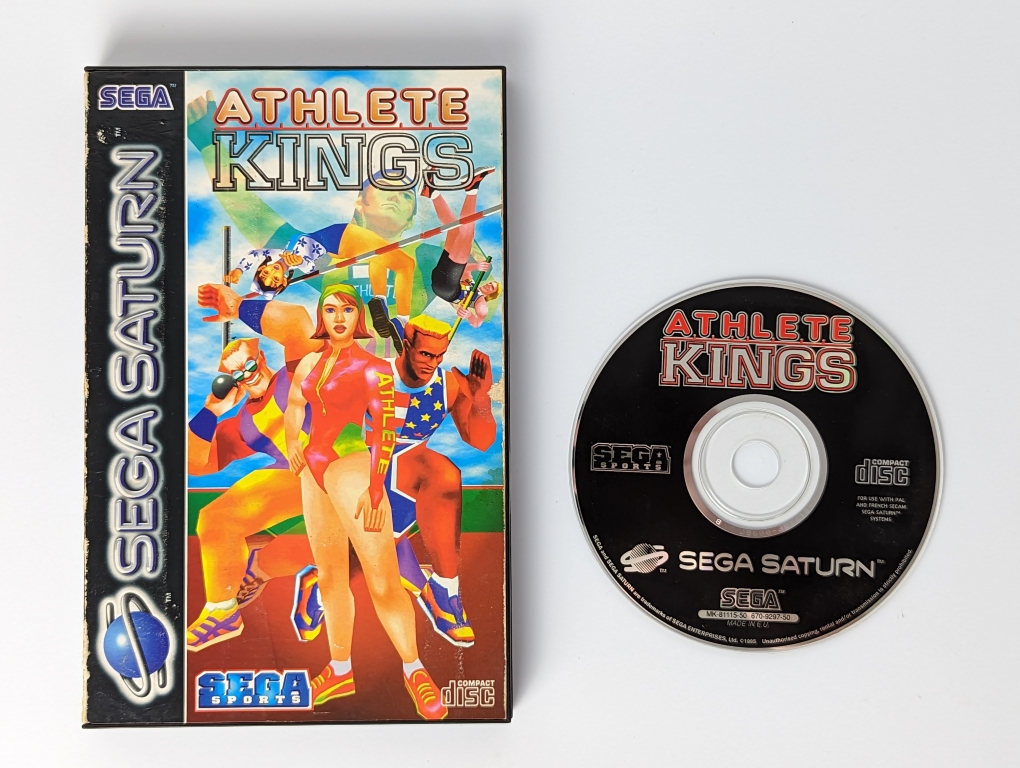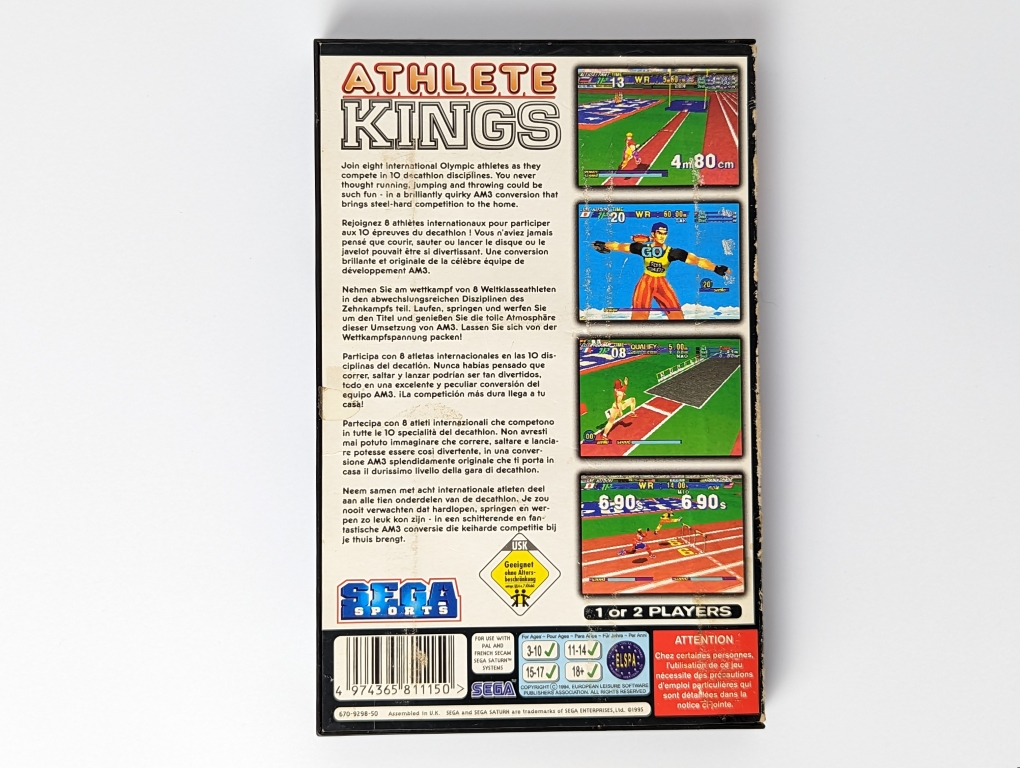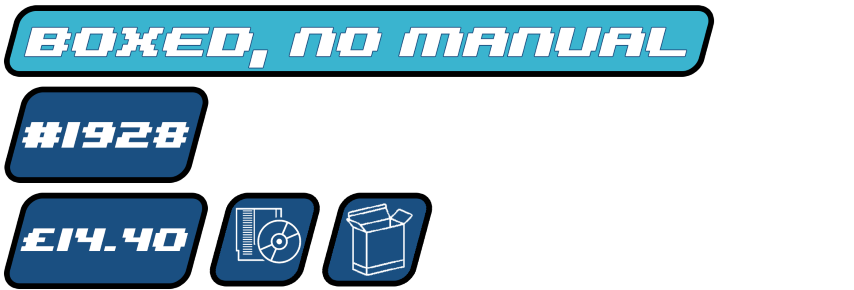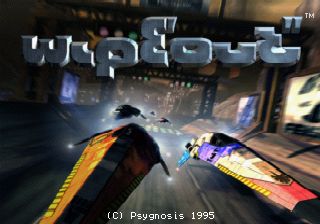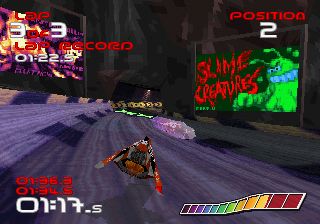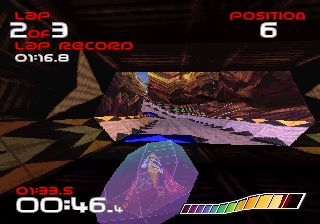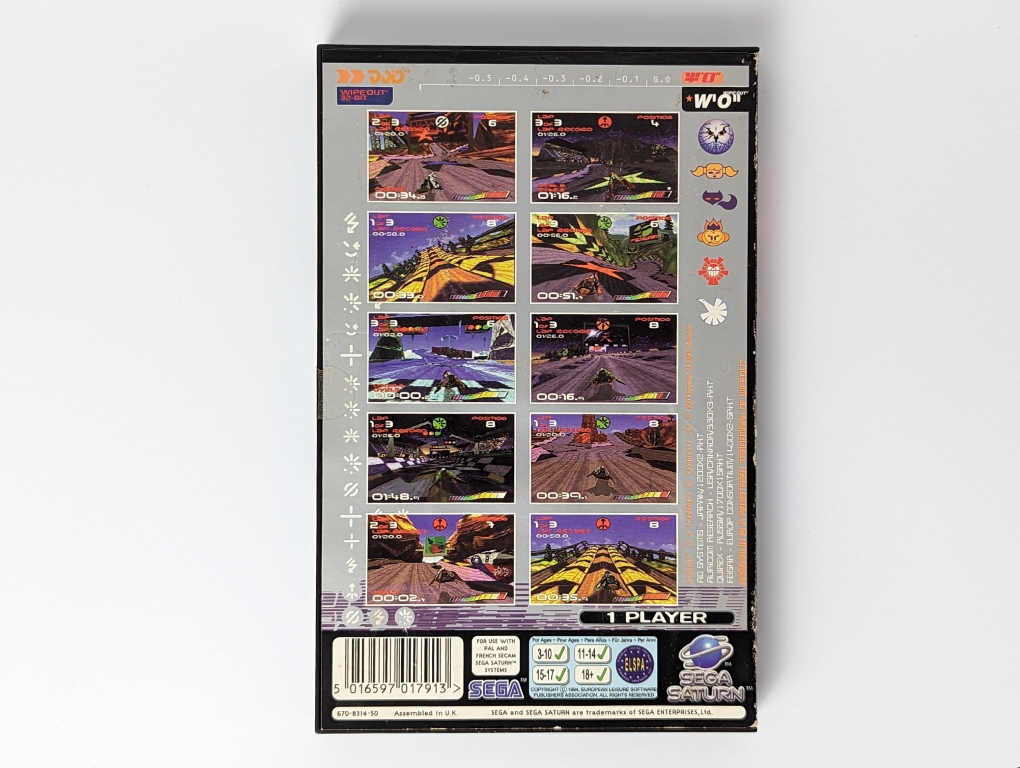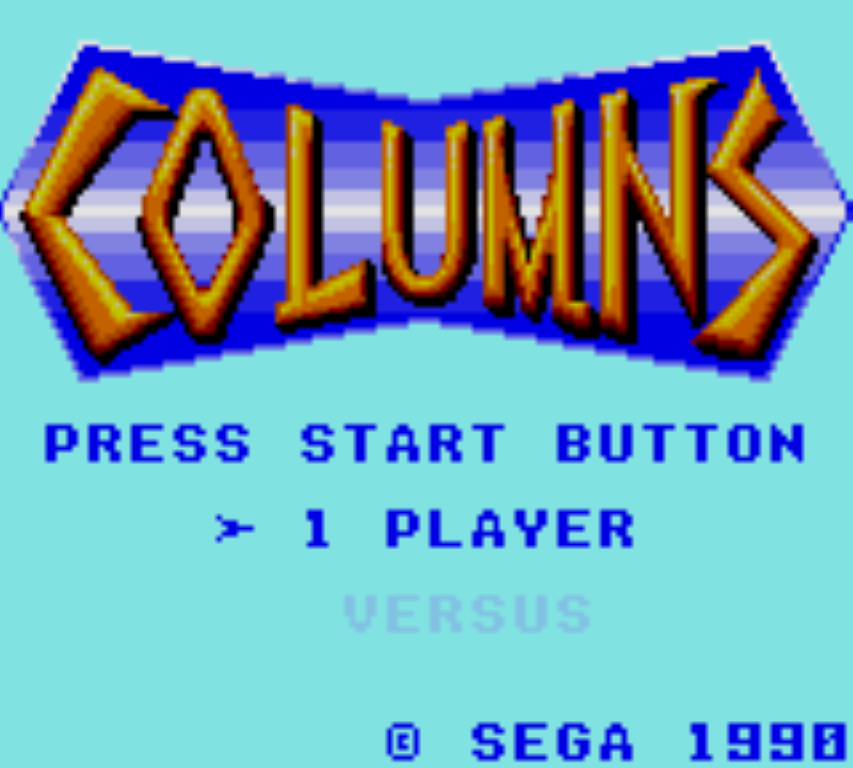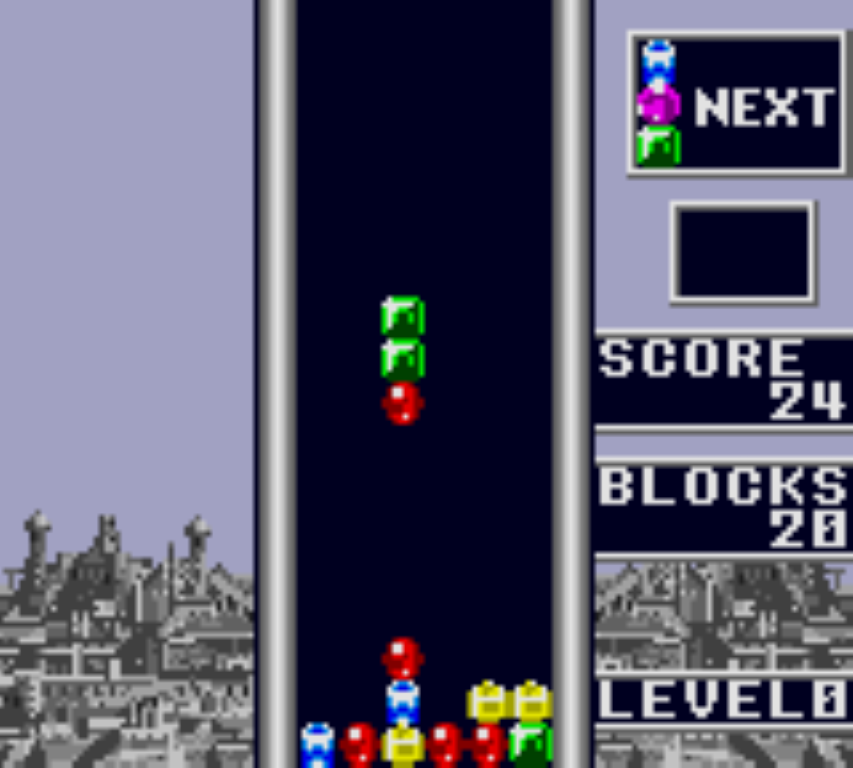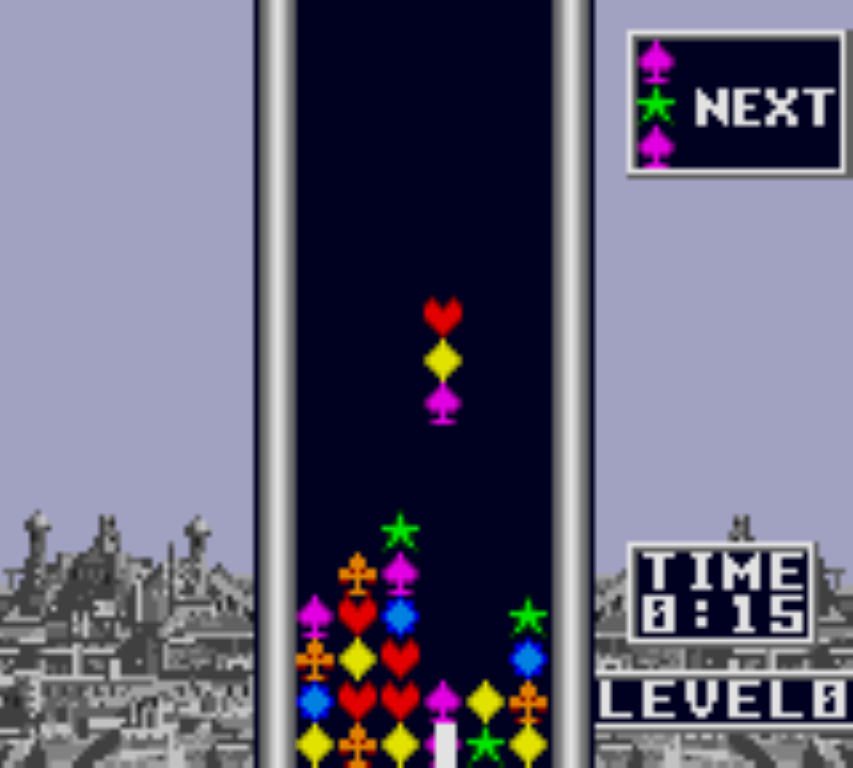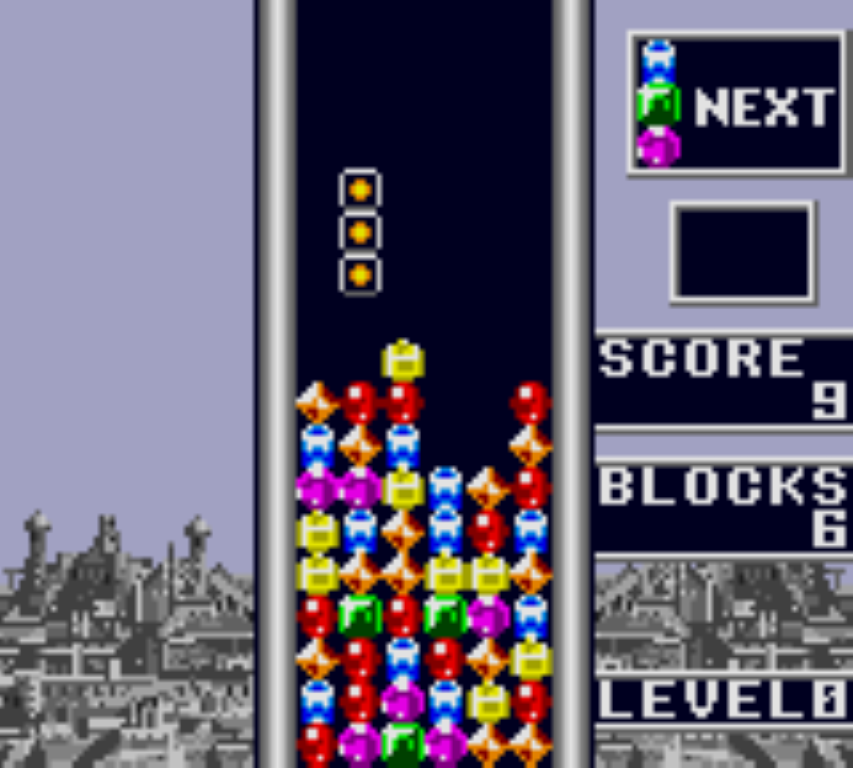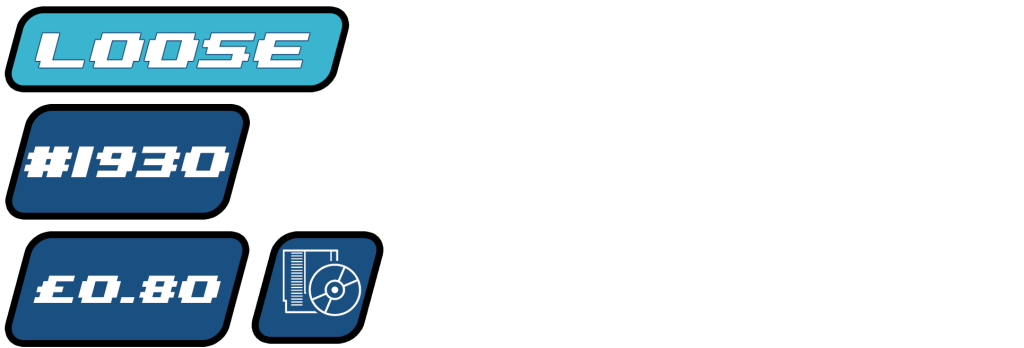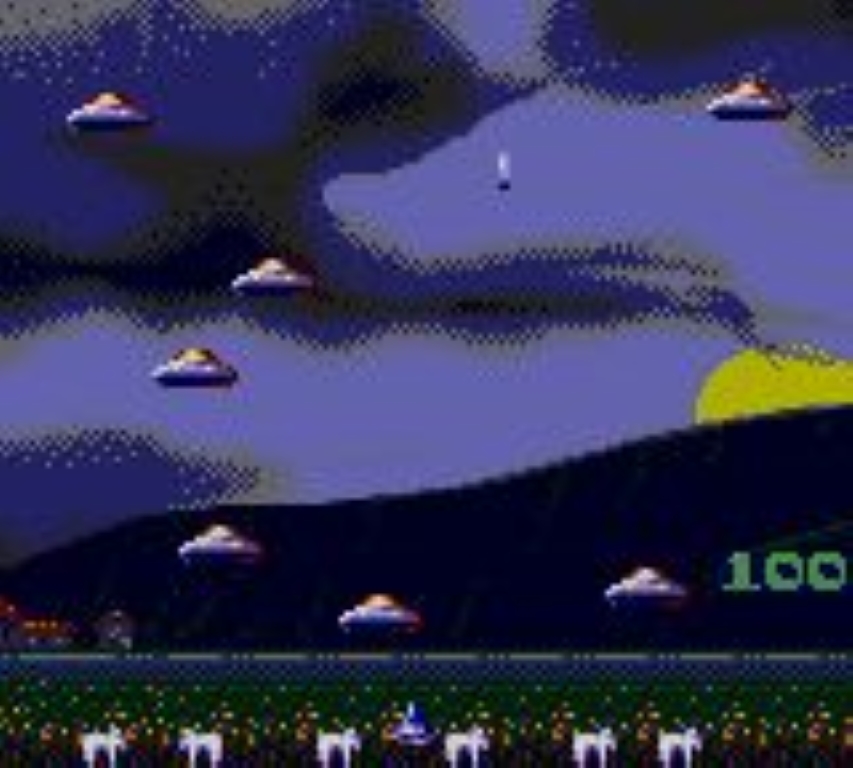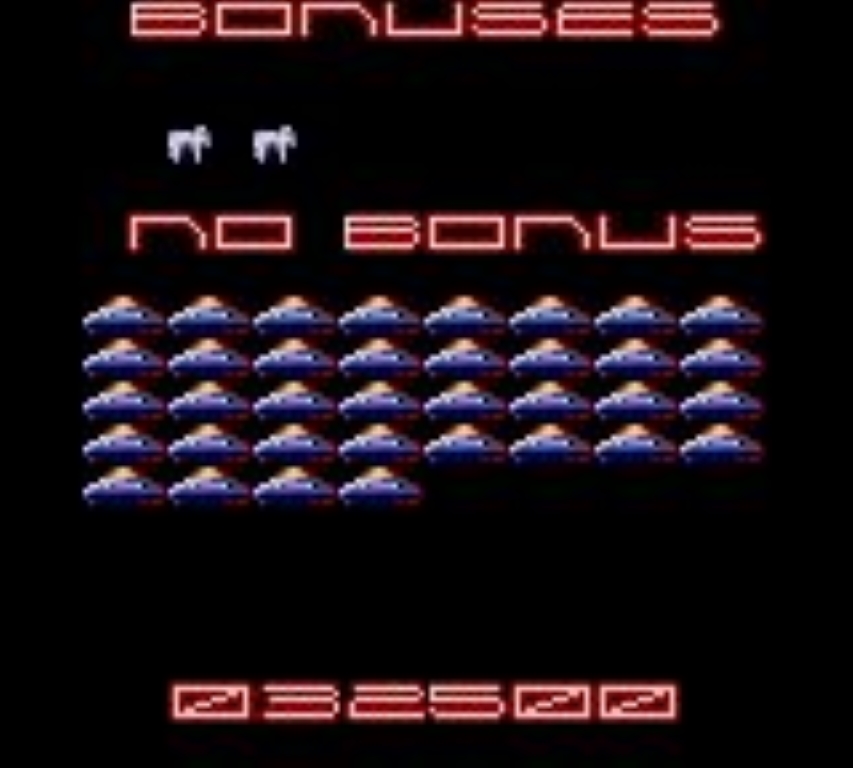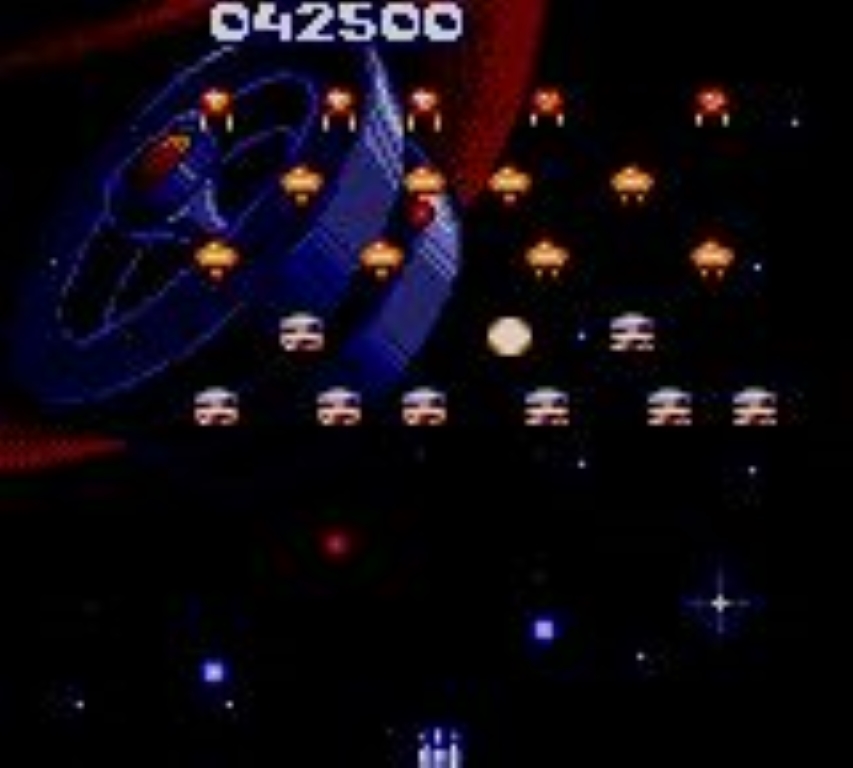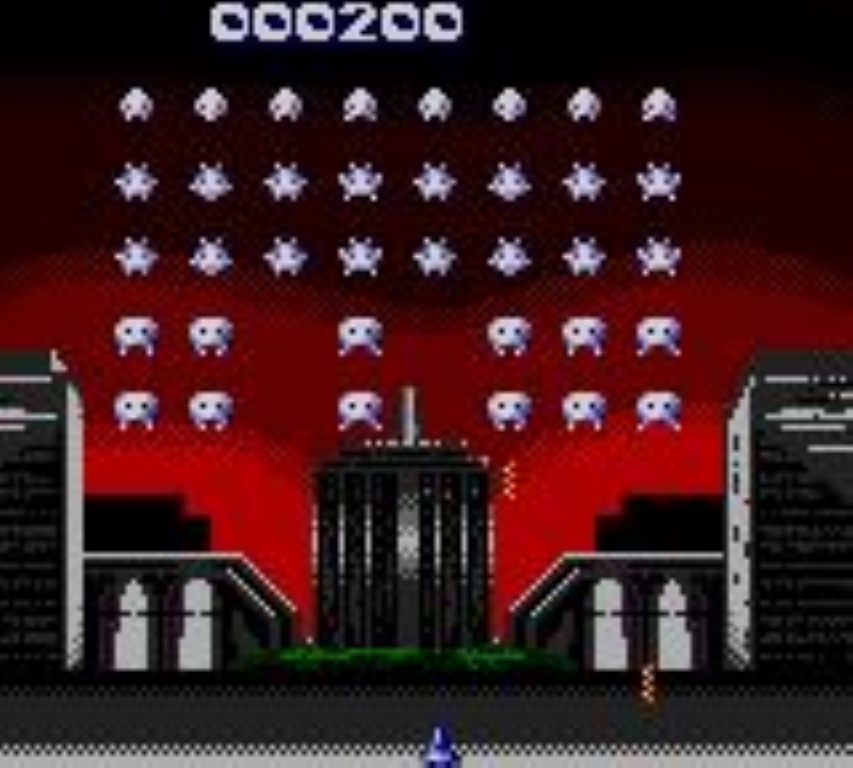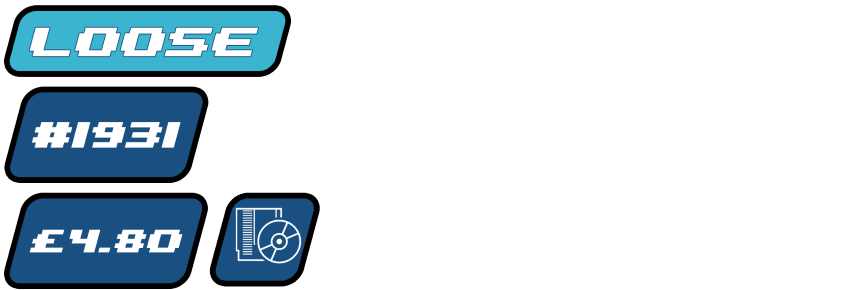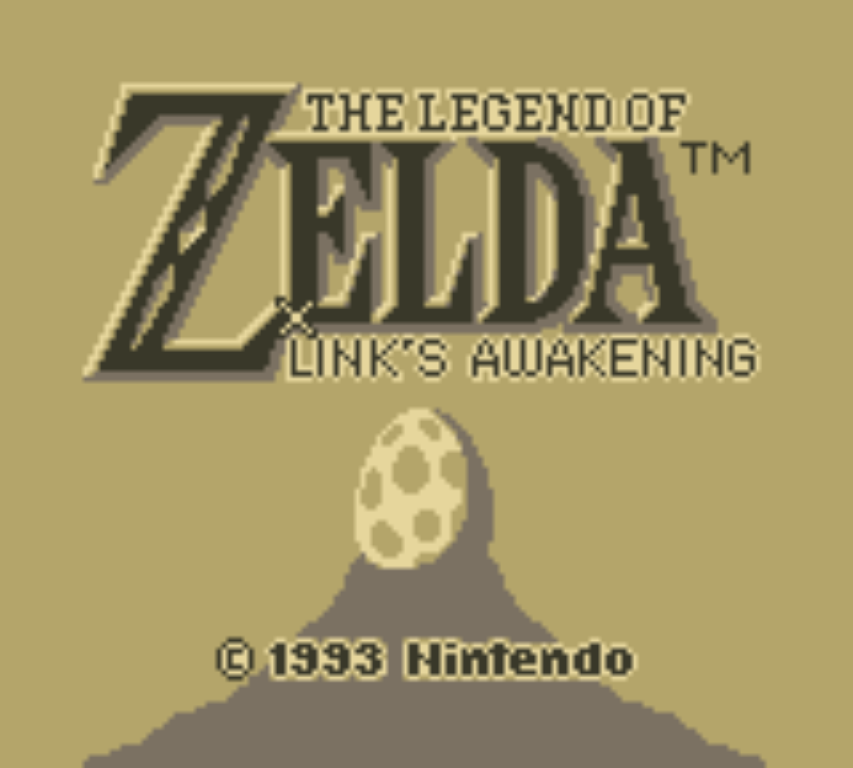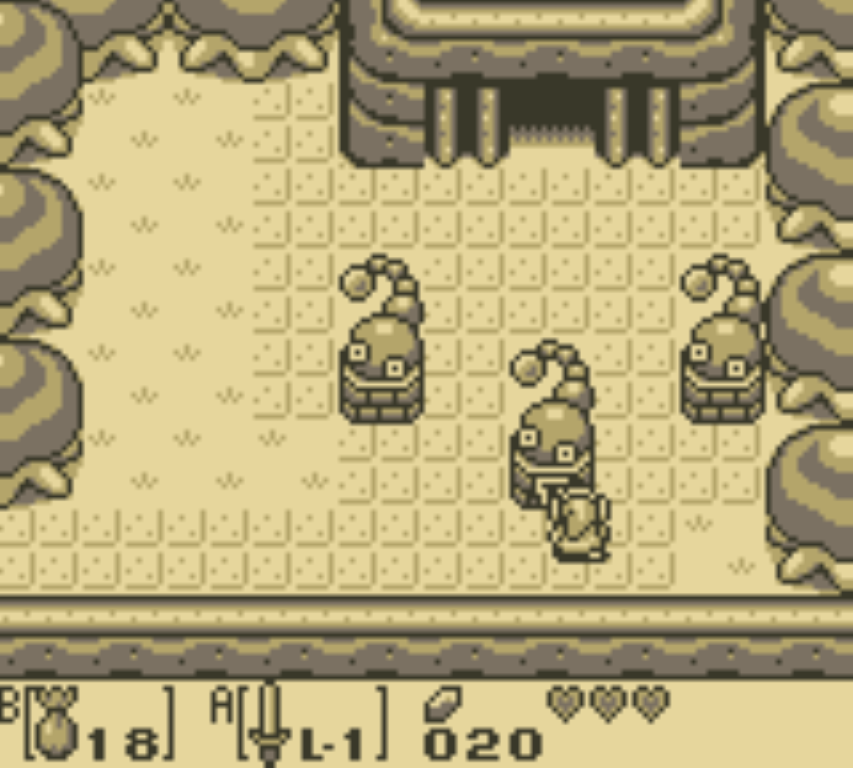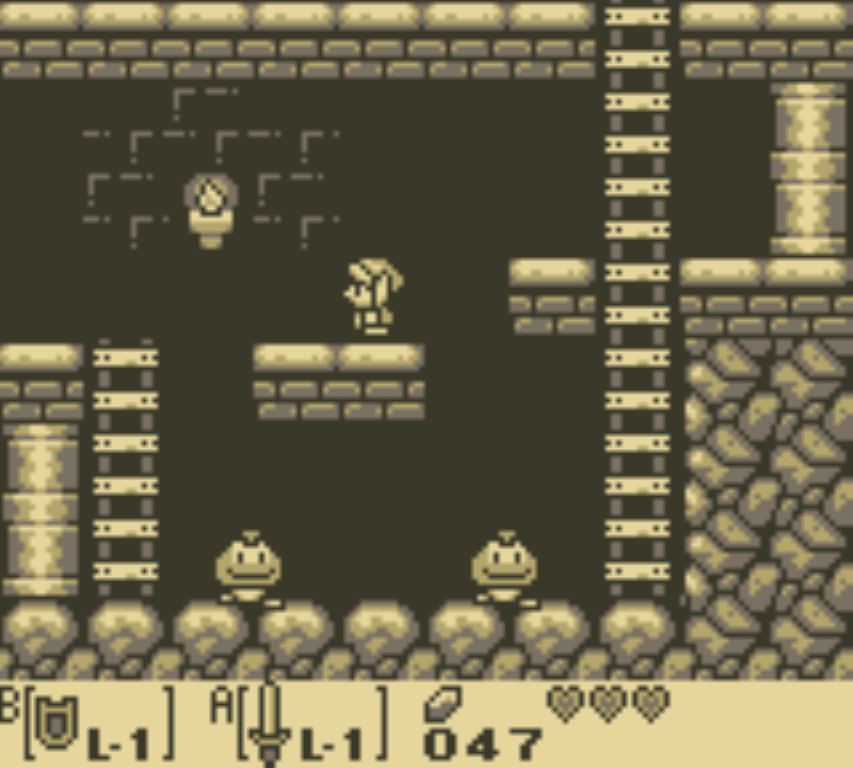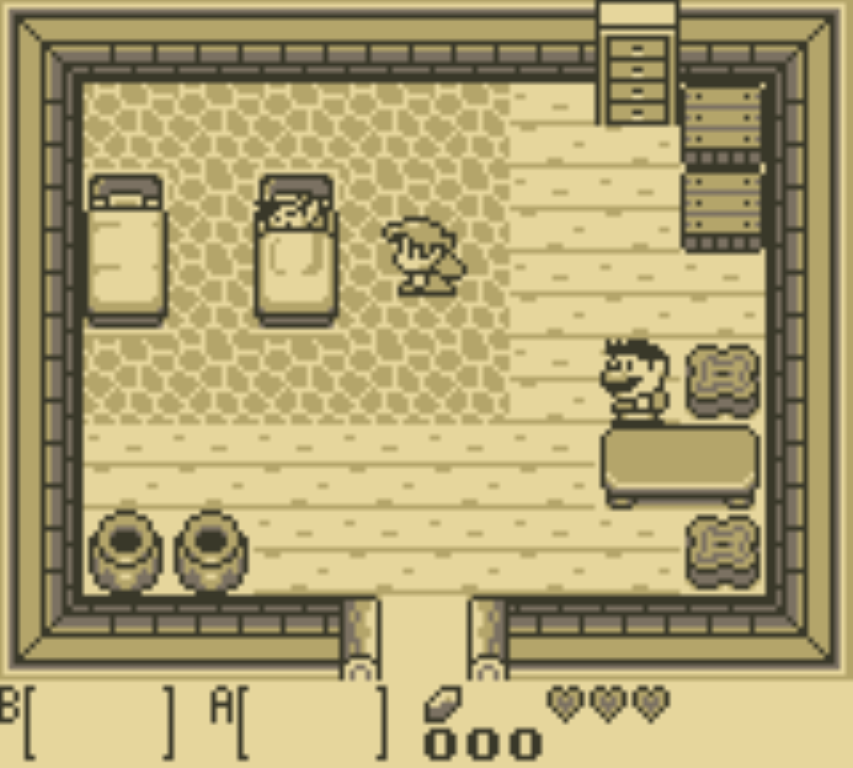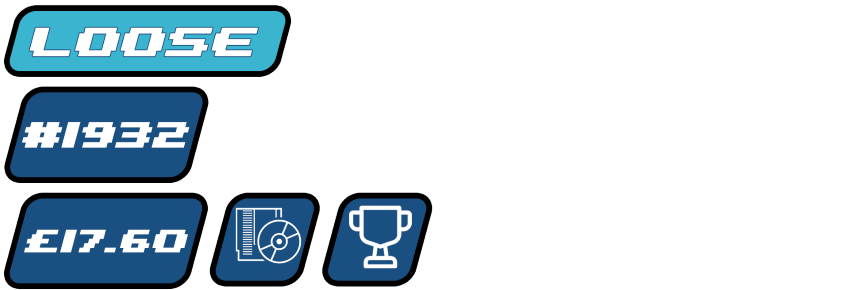Athlete Kings – Sega Saturn (1996)
Sega’s own version of Decathlon, the most gruelling of multi-event sports consisting of the 100-Meter Dash, Long Jump, Shot Put, High Jump, 400-Meter Race, 110-Meter Hurdles, Discus Throw, Pole Vault, Javelin Throw and the 1500-Meter Race, split over two days of competition. Featuring eight athletes with different abilities and specialties, from the agile Karl Vain and Femi Kadiena, the fast Li Huang and Ellen Reggiani, the well balanced Joe Kudou and Rick Blade to the powerhouses Aleksei Rigel and Jef Jansens, the player must achieve the best scores possible in each event to get to the World’s best results table, not only in the decathlon points table but also on the individual events table.
All events follow the core gameplay of other athletics titles (such as Track & Field), with some changes from event to event. Spriting events such as the 100-meter dash are pure button-bashing, with the 110-Meter Hurdles requiring an additional tap in the action button to pass the athlete at the correct time over the hurdle without losing speed or knocking it down. At the opposite level, the 400-Meter and the 1500-Meter Race add a stamina bar that must be kept above critical levels at all times to keep the athlete fresh until the end, this being done by simply pacing the number of presses done by the player (the 1500M also requires the player to steer the athlete in the best path: as close as possible to the inside edge without hitting other runners or losing speed from going over the edge). Jumping events, along the javelin, require a fast build-up, an well-timed action (be it jump, set the pole or release the javelin), and setting the most appropriate angle. Discus is the only event where button mashing isn’t required, and asks the player to rotate the D-pad clockwise to build strenght, followed by a push of the action button to set the angle of release as well as the direction.
Like in the original ST-V version (which means it is in every way similar to the arcade version), two players can compete at the same time in the running event, and at the 1500M race six drones compete at the same time.
Wipeout – Sega Saturn (1996)
WipEout is a futuristic racing game set in the year 2052. Racing for one of four teams, the player competes in the F3600 Anti-Gravity Racing League on six tracks. Each team’s hovercraft racer has different ratings in speed, acceleration and turning. In addition to high-speed racing, there is also shooting in the game, with different weapon pickups like rockets and mines available, useful for slowing one’s opponents down. Shields can also be picked up and can block the weapons’ effects.
There are championship, single race and time trial modes. Winning the championship in the regular Venom class unlocks the Rapier class, where the craft are faster and the tracks have slightly different looks.
There is also a two-player mode where two opponents can race and shoot at each other.
Columns – Sega Game Gear (1990)
Columns is loosely derived from Tetris, as it involves arranging falling blocks in such a way as to clear them. However, in columns they are groups of 3 same-size but varying colour blocks, which must be arranged into sequences of 3 or more, either horizontally, vertically or diagonally. Sequences of 4 or 5 count for double or triple points, and diagonal sequences score the most. The real trick is to set up ‘combos’ – where one line causes other blocks to drop so as to create other lines.
As well as the normal game mode, there is also a ‘flash’ mode, in which the aim is simply to remove a particular block from the base of the pre-formed pile of bricks. The difficulty of this can be determined by increasing the number of complete rows which are already in place.
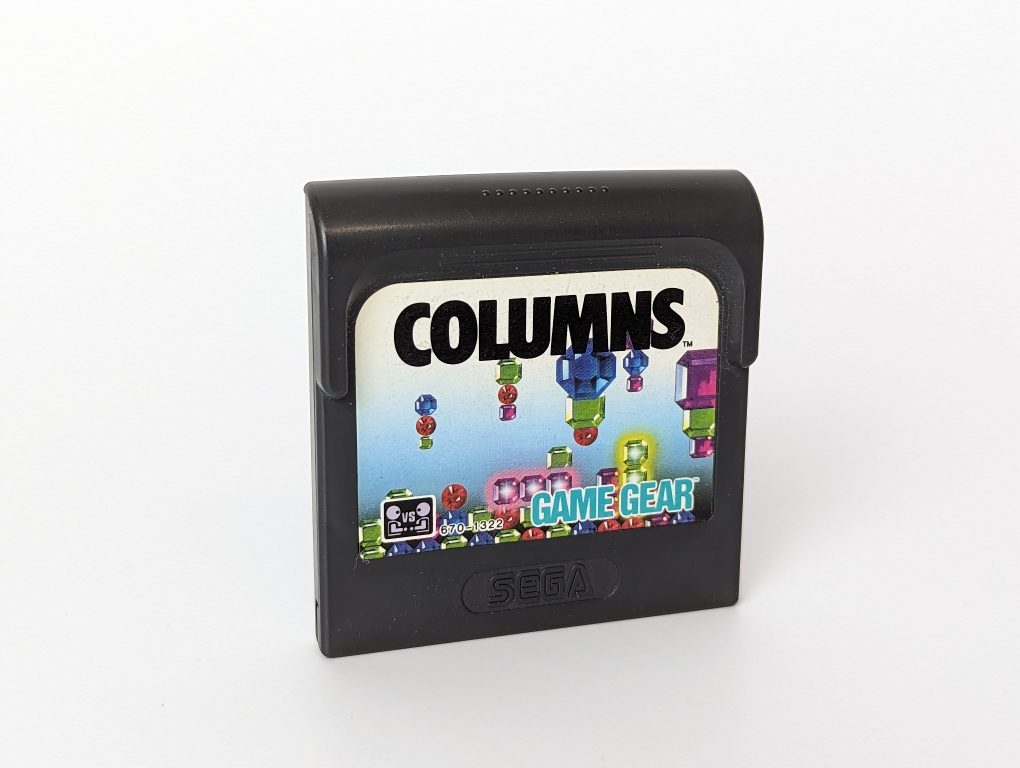
Super Space Invaders – Sega Game Gear (1992)
Remember that arcade classic Invaders? Well this game takes it to the next level with harder aliens, bosses, power ups, and a variety of scenery! Invaders come in several configurations for you to try to blast, and power-ups help you with more weapons to choose from.
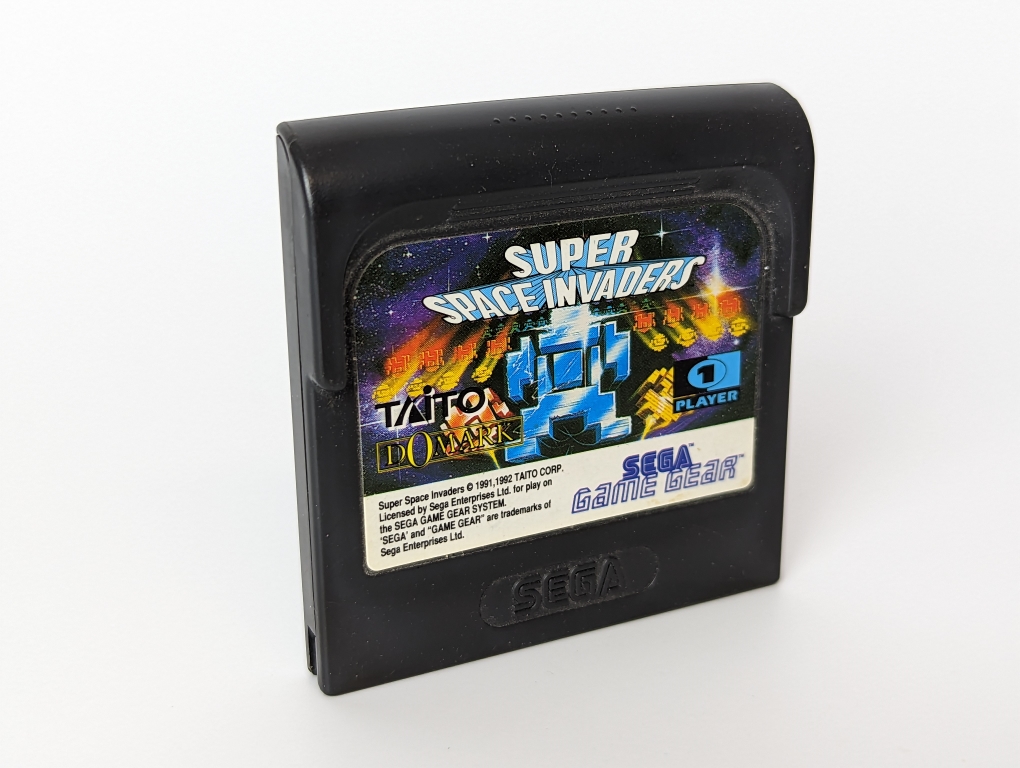
The Legend Of Zelda: Link’s Awakening – Nintendo Game Boy (1993)
The fourth game in the Zelda series although it does not take place in Hyrule. After being attacked at sea, Link’s ship sinks, and he finds himself stranded on Koholint Island. He awakens to see a beautiful woman looking down at him. He soon learns the island has a giant egg on top of a mountain that the Wind Fish inhabits deep inside. Link is told to “awaken the wind fish and all will be answered,” so Link sets out on another quest.
Play is mostly similar to the SNES game with a top down perspective. However, there are short sections in dungeons where the game switches to a side-scrolling view with platforming elements. Link must go onto each of the 7 temples to retrieve a musical instrument that will help awaken the Wind Fish. Along the way, Link must search the land and uncover hidden treasures and items that will allow him to progress on his journey. With new items, he can open up new passages that will take him even farther on his quest and allow him to enter new areas that were inaccessible before. Link can attack his enemies with his sword or use items he finds during his quest to help him. Guarding every instrument is a temple boss, which must be defeated if Link is to awaken the Wind Fish.
